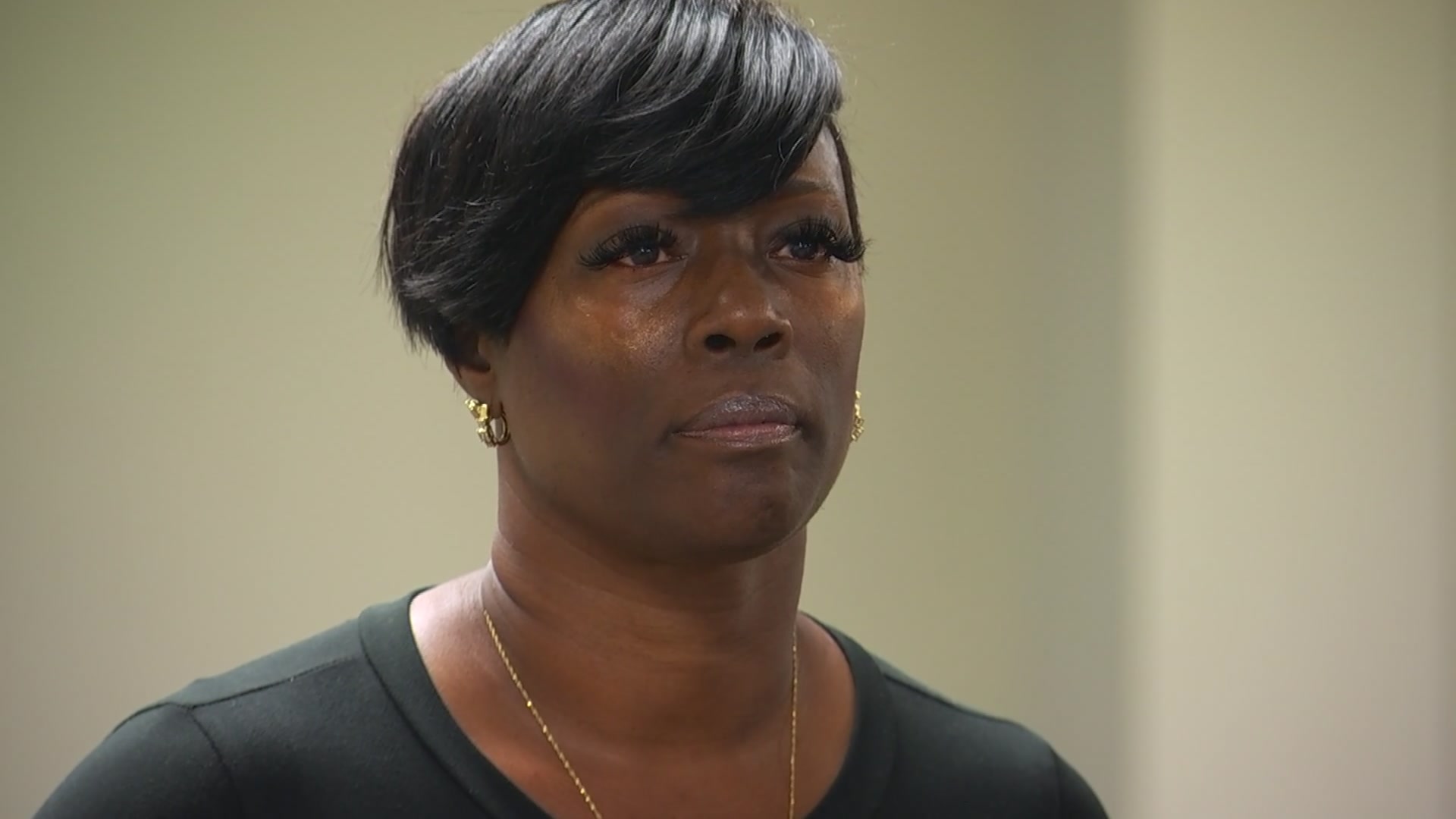The Dallas-Fort Worth area experienced the largest population jump out of any other metropolitan area in the country in 2008, according to the U.S. Census reports.
The area added more than 146,00 people between July 2007 and July 2008 as the Metroplex attracted new residents.
Arthur Ferrell, who moved to North Texas from Michigan to escape hard economic times 28 years ago and works in downtown Fort Worth, said he's not surprised.
"Hard times are everywhere, and people are coming to an area where folks are flourishing, where opportunities are flourishing," he said.
Bill Thornton, president of the Fort Worth Chamber of Commerce, said the numbers put a "big smile on my face." Anytime that many people move to your area, it means you're thriving, he said.
"The cost of doing business here in Texas -- and especially the Metroplex -- is very, very competitive," Thornton said. "The cost of living in Texas is very, very competitive nationally."
But along with growth, comes strains on infrastructure.
"I think it's already crowded enough," said Marie Rios, who lives in the Hurst-Euless-Bedford area. "I hate the traffic."
The Houston area had the second largest population growth.
Local
The latest news from around North Texas.
The Census report found Rockwall County is quickly becoming one of the most desirable places to live. It continues to lead the state in growth overall and is now the ninth-fastest growing county in the nation.
Researchers believe the impact of the recession has many Americans staying put for now in traditional big cities.
Census data released Thursday highlight a U.S. population somewhat locked in place by the severe housing downturn and economic recession. The trend was apparent even before the financial meltdown.
Austin-Round Rock was second to Raleigh-Cary, N.C., as the fastest-growing metro area with a growth rate of 3.8 percent from July 1, 2007 to last July 1. But the population figures as of July 2008 show growth slowdowns in once-booming metropolitan areas such as Atlanta, Las Vegas, Phoenix and Tampa.
Rust-belt metro areas such as Buffalo, N.Y., Pittsburgh and Cleveland put the brakes on some population losses, and Boston, Los Angeles and New York saw gains.
Well-to-do exurbs around Washington D.C. saw growth slowdowns as people weary of costly commutes moved closer to federal jobs in the nation's capital.



